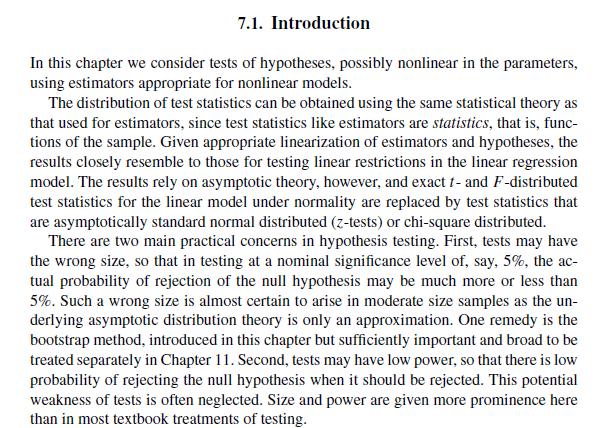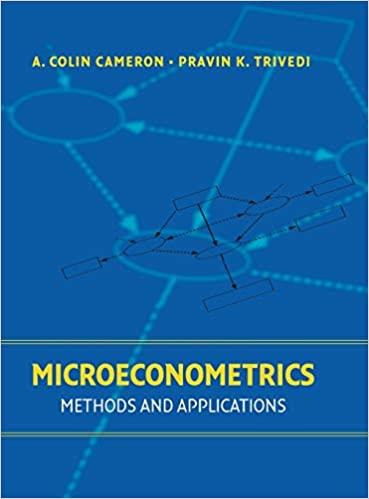This problem involves an example that illustrates the Cox-Tsiatsis nonidentification of the competing risks result mentioned in
Question:
This problem involves an example that illustrates the Cox-Tsiatsis nonidentification of the competing risks result mentioned in Section 19.2. Consider the following dependent competing risks model in which we observe \(T=\min \left(T_{1}, T_{2}\right)\) and \(\delta\), where \(\delta=1\) if \(T=T_{1}\), and \(\delta=2\) if \(T=T_{2}\). Here \(T_{1}\) and \(T_{2}\) are latent durations of risks 1 and 2 , respectively. Suppose that the bivariate joint survivor function is \(S\left(t_{1}, t_{2}\right)=\exp \left[-\left(\lambda_{1} t_{1}+\lambda_{2} t_{2}\right)^{\alpha}\right]\), \(00\). Construct an independent CRM that is equivalent to the specified dependent competing risks model.

Step by Step Answer:

Microeconometrics Methods And Applications
ISBN: 9780521848053
1st Edition
Authors: A.Colin Cameron, Pravin K. Trivedi





